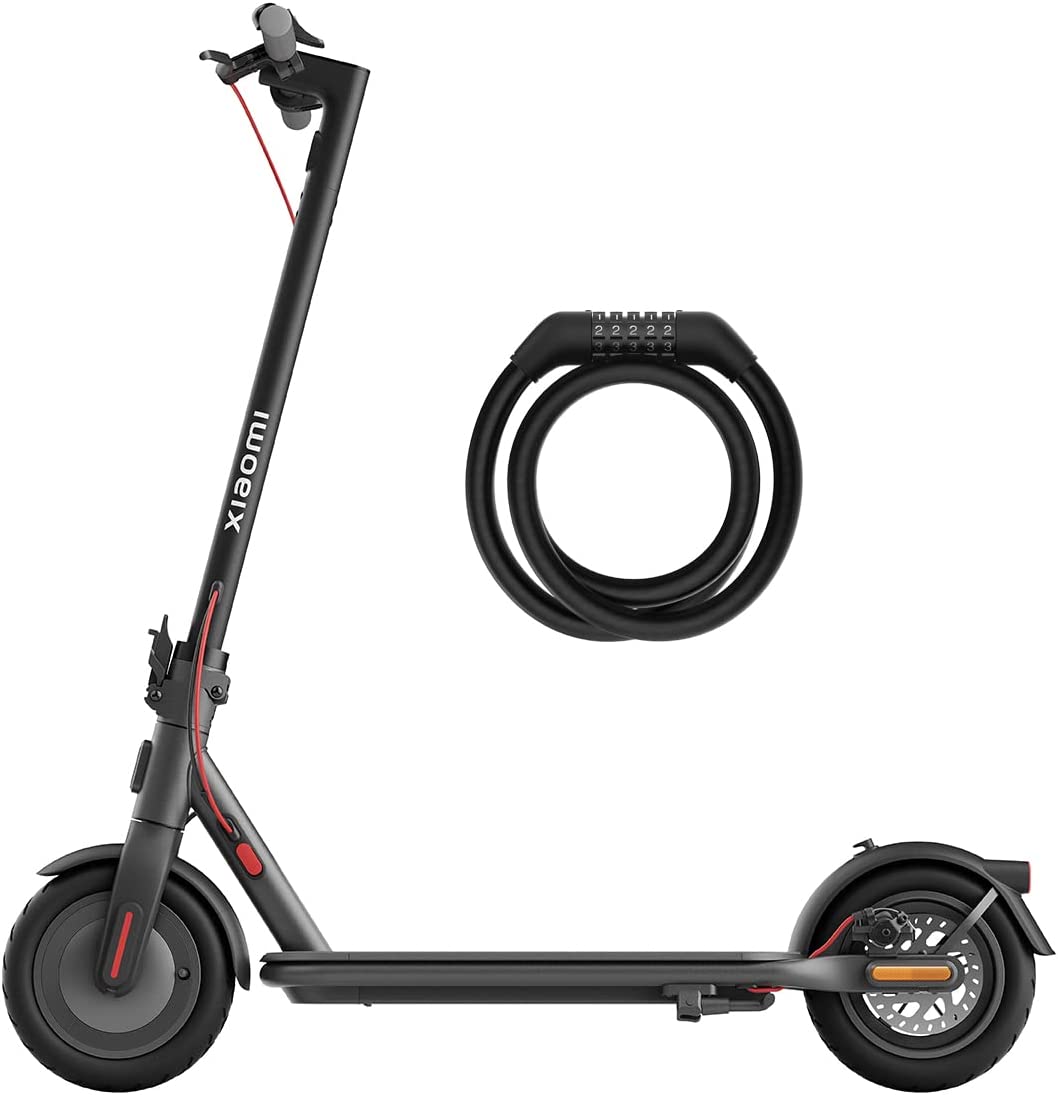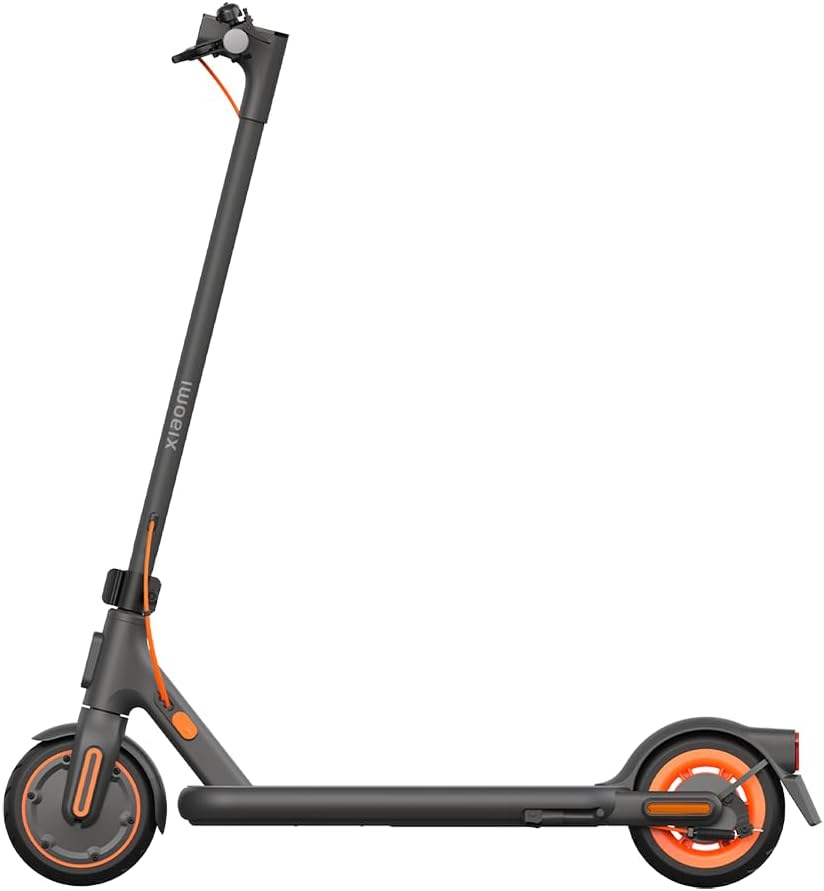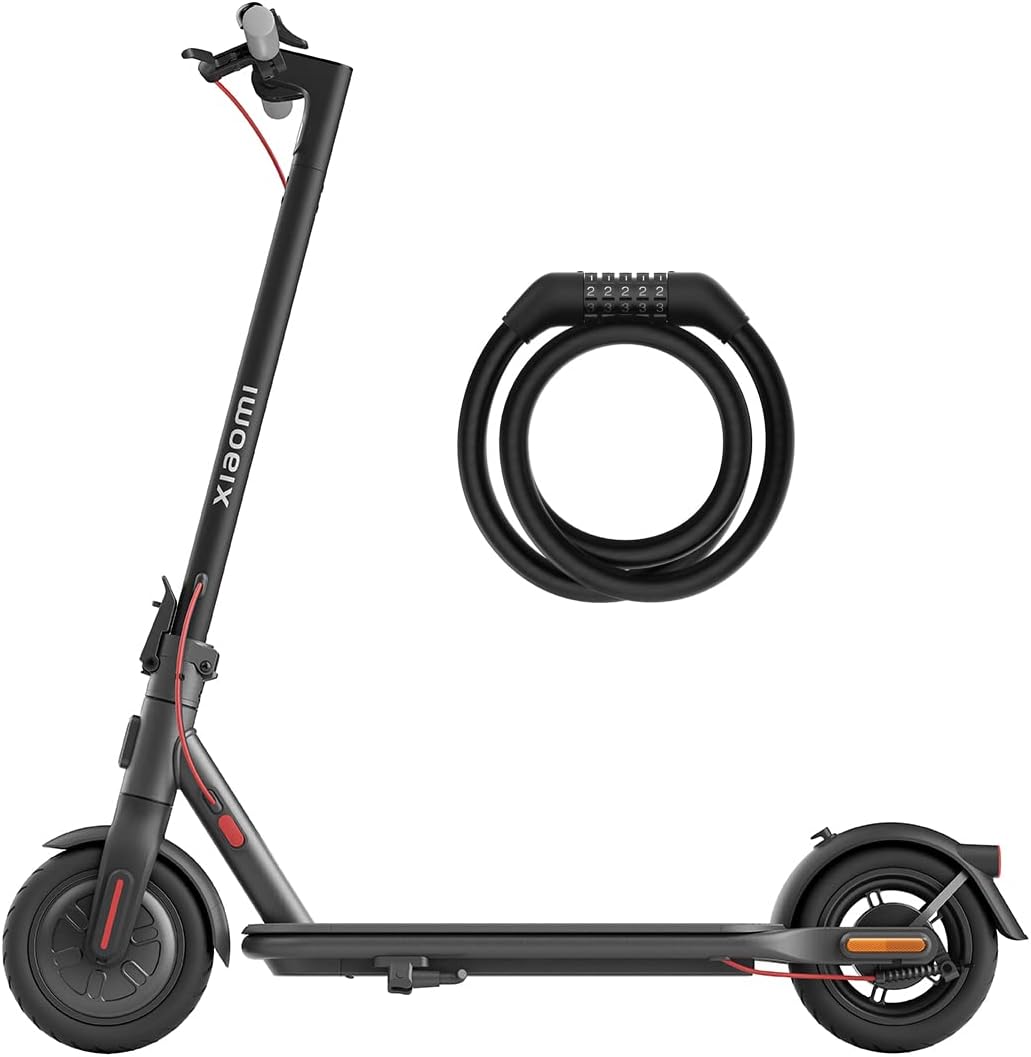We all know the urban commute can be a pain. Between missed buses, crowded subways, and dodging traffic on a bike, it’s no wonder so many of us are looking at electric scooters as a legit alternative. But once you’ve decided to take the plunge, the question becomes: which scooter actually fits your lifestyle? Because, trust us, the Xiaomi Electric Scooter 4, 4 Lite, and 4 Go might look like cousins—but they’re built for very different types of riders.
At first glance, they all speak Xiaomi’s sleek design language, they all connect to your phone, and they all keep things intuitive. But it’s under the hood—motor power, range, weight, tires—where the differences actually shape your daily experience. So let’s unpack the real-world ride behind the numbers and figure out which of these three scooters is really worth rolling with.
Some fold, some don’t, and one just tries

If space is tight and your commute includes trains, stairs, or elevators, this is where you start.
The standard Xiaomi Electric Scooter 4 and the 4 Lite both fold neatly and quickly, making them solid choices for mixed commuting. You fold, you carry, you go. Their folding mechanism feels sturdy and secure, no awkward angles or clunky releases.
The 4 Go? It’s a whole different vibe. It doesn’t fold. Well, technically you can remove the handlebar to make it shorter, but that’s not something you want to do on the fly. It’s the lightest at just 13.7 kg, which helps, but it still feels a bit awkward if you’re hauling it onto a bus or up your apartment stairs.
Weight-wise, the standard 4 clocks in at 15 kg, while the 4 Lite is slightly heavier at 15.6 kg. Strange but true. And that little bump doesn’t translate into more features—it’s just the cost of the build.
So if portability matters? The 4 Go keeps things light, but the 4 and 4 Lite fold like champs.
Power trip: who’s got the muscle?
Here’s where things start to separate. Because speed is fun—but torque is where the city riding gets real.
The Electric Scooter 4 and 4 Lite are tied at the top with peak motor outputs of 600 watts. That means zippier acceleration and way better hill climbing. The 4 handles inclines up to 16%, the 4 Lite manages 14%. That extra kick makes a noticeable difference when you’re trying to keep up with the flow or cross hilly terrain.
The 4 Go? It maxes out at 450 watts, and that shows. Flat terrain? No problem. But throw in some inclines, or a heavier rider, and it starts to wheeze. It taps out at 10% incline—so not ideal for cities with a bit of topography.
In sport mode, the 4 and 4 Lite both reach 25 km/h. The 4 Go tops out at 20 km/h. That five-kilometer gap? You feel it when you’re late.
Bottom line: if your city isn’t perfectly flat, or you care about power and pace, it’s the 4 or 4 Lite.
Range anxiety: how far can you really go?
No one wants to get stuck halfway to work. So let’s talk batteries.
The Electric Scooter 4 leads the pack with a 275 Wh battery, offering up to 35 km of range. That’s a full week of average commuting for a lot of people. The 4 Lite drops down to 187 Wh with a 20 km range, which is still decent if you’re keeping things short and sweet.
And the 4 Go? Just 165 Wh and up to 18 km of juice. Enough for errands or a few neighborhood hops, but you’re charging more often and planning more carefully.
Surprisingly, the charging times don’t align perfectly. The 4 Lite charges in 4.5 hours, the 4 in 5 hours, and the 4 Go takes the longest at 6 hours. So even with the smallest battery, the 4 Go takes its time.
If you want to worry less about plugging in, go for the Electric Scooter 4. The others are better for short dashes.
Stopping power: braking is believing
It doesn’t matter how fast you go if you can’t stop when it counts.
The Electric Scooter 4 gives you a front E-ABS system and a rear disc brake with dual pads. Translation? It stops fast, and it stops smooth. Especially important in unpredictable traffic or slippery streets.
The 4 Lite and 4 Go use a rear drum brake instead of a disc. Drum brakes aren’t terrible, but they don’t offer the same feel or consistency, especially if you’re braking hard or often.
So if you’re zipping through crowded areas or just want peace of mind, the Scooter 4’s braking setup is a big deal.
Tire talk: size changes everything
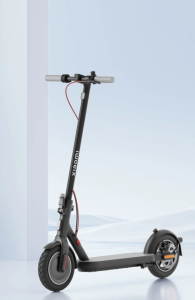
You wouldn’t think a couple of inches matter—until you’re riding over a pothole.
The Electric Scooter 4 rolls on 10-inch tires, and they feel amazing. Smoother, more stable, and more forgiving on bumpy paths or cracks in the pavement. The 4 Lite drops to 8.5 inches, and the 4 Go goes even smaller at 8.1 inches.
Smaller wheels mean you feel more vibration, more jolts, more of the road. On perfect pavement, no big deal. But in real life? Bigger tires mean a better ride, period.
If comfort matters or you ride longer distances, don’t think twice: go big with the 4.
Rain check: can they handle bad weather?
You’re bound to hit some drizzle eventually, so how do they hold up?
The Electric Scooter 4 is IP55-rated—that means it’s got solid dust protection and good splash resistance. The 4 Lite follows with IP54, which is close, just slightly weaker on water.
The 4 Go is the least protected with IPX4—only rated for splashes, and with no dust protection. That’s a red flag if you live somewhere with gritty air, coastal sand, or just rainy afternoons.
In short: the 4 is the most durable. The 4 Go? Keep it dry and clean.
Display and tech: all on the same page
Tech lovers, take note—this is one category where Xiaomi keeps things uniform.
All three scooters have a clean LED display on the handlebars, Bluetooth 4.1, and full integration with the Mi Home app. You can check speed, battery, lock it remotely, or update firmware—all from your phone.
There’s no difference in tech compatibility. Android 4.3 or iOS 9.0 and up will do the trick across the board.
So if app features or digital control are important, rest easy. You get the same functionality on all three models.
Size and rider fit: subtle but important
The standard 4 is the tallest and widest of the trio at 117.8 cm high and 114.4 cm long. It feels roomier and better balanced underfoot.
The 4 Lite trims that slightly to 114 x 111 cm, while the 4 Go, though tall at 117.3 cm, is narrower and shorter overall.
All support riders from 120 to 200 cm in height, but the standard 4 is simply better suited to taller users or those who want more foot room and ride stability.
The 4 Go’s smaller platform can feel cramped—especially if you’re over 180 cm or wearing a backpack.
Safety and visibility: not just front and rear
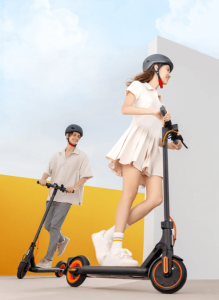
Yes, all three models include front and rear reflectors and lighting for nighttime safety. But only the Electric Scooter 4 and the 4 Lite have side reflectors as well.
Side visibility may sound like a minor thing, but in traffic or dimly lit intersections, it helps a lot. It’s one of those quiet upgrades that adds to your peace of mind.
None have turn signals, which we’d love to see eventually. But as it stands, the 4 still leads in total visibility.
Who they’re made for: three cities, three riders
Let’s cut to it.
The Xiaomi Electric Scooter 4 is for daily commuters who want power, range, comfort, and control. You’re riding it multiple times a day, crossing different neighborhoods, maybe carrying a bag. This scooter keeps up, whatever your route.
The 4 Lite is for moderate use—think short-to-mid commutes, mixed transport, and smooth roads. It’s still foldable and decently powered, just not as capable on rougher rides.
The 4 Go? It’s your weekend runaround or backup ride. Small, nimble, easy to stash, but less punch, less comfort, and more limits overall. Great for beginners, kids, or short hops to the café.
What surprised us—and why we’d pick the Electric Scooter 4
Here’s the thing: the 4 Go looks cute on paper, and it’s light, sure—but it feels like it’s playing catch-up. The lack of folding, lower speed, and smaller tires all add up to a ride that feels more like a compromise.
The 4 Lite hits a decent middle ground, but if you’re even slightly serious about using your scooter regularly, you’ll outgrow it fast.
The Electric Scooter 4 just gets the details right. From its range to its ride comfort to its braking and water resistance—it’s built to handle real-life commuting, not just sunny park rides.
So yeah, we’d go with the 4. Because when the streets are crowded, the path is bumpy, and you’re already running late, this scooter doesn’t flinch. It moves like it means it.

